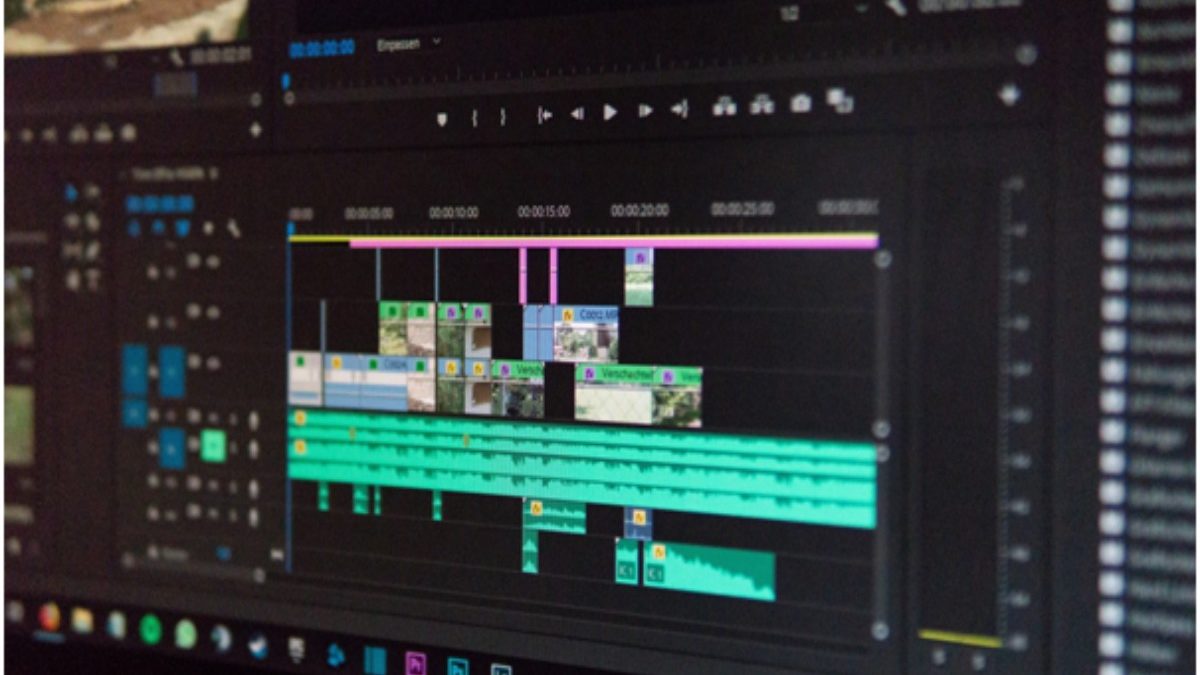Working as a video editor creates multiple job opportunities. Video content has become quite popular recently. Social media platforms like Instagram and Facebook have been pushing videos. You also have YouTube that is the most popular website for videos. Streamers on Twitch TV also utilize video editors to create highlights and monetize their channels even more.
And what about all the other work opportunities? Movies, TV shows, vlogs, and other methods can become your sole source of income.
The bottom line is that learning the video editing craft is a good investment, particularly if you have some free time and would like to use it to learn valuable skills.
If you are interested in becoming a video editor, follow the steps below. And keep in mind that even if you struggle at first, your hard work should pay off sooner rather than later.
Table of Contents
Step #1 – Watch Videos for Inspiration
You will need to watch videos for some inspiration. Perhaps you already have seen something that made you become a video editor, but you should still try your best to consume as much content as you can to figure out what you like and dislike.
If you are traveling and have no internet access, use a video downloader to save videos directly on your smartphone or computer.
Step #2 – Start with Basics

When you begin, do not go straight for the complicated stuff. Advanced video editing like J-Cut editing, Match Cut and etc is for later once you are comfortable with the tools you use and have learned the basics.
Of course, different video editors have different learning curves. For some, the greatest difficulties include knowing when to switch to the next chapter; for others, it is figuring out what to put as a background sound. For example, whether to include a clear sound they got using a vocal remover or stick to popular copyright-free soundtracks.
Polishing the basics will prepare you for more advanced stuff because you will have great fundamentals and should have fewer problems progressing your craft as you move forward.
Step #3 – Look for Online Courses
Tinkering with editing software yourself is a good approach, but you can also consider looking for an online course.
There are plenty of video tutorials on platforms like Skillshare, Udemy, and YouTube. Moreover, some of these tutorials are free, meaning that you will have to invest your time, not money.
Step #4 – Find Comfortable Work Tools
Figuring out what you want to do as a video editor is quite challenging without proper tools. Different software provides different features.
Sure, you may think that trying the most popular video-editing tools would give you an idea of what you should go for, but plenty of software costs money. Spending money on software that you might not use does not sound like a solid plan.
For starters, try as many free editing tools as you can find. Even if they are missing some features, you should still manage to achieve quite a lot and learn the basics of video editing.
Once you are comfortable and feel like you have outgrown free video editing software, look for something better that you can purchase. Recommendations from other video editors you know personally, or just online reviews should give you some suggestions.
Step #5 – Learn Efficiency

Some videos require hours of effort if you want to produce the best possible quality you can. Understanding the importance of efficiency early on will leave you with fewer problems later when you are on a tight deadline, and the client will not forgive you if you were to send work a day late.
Again, it depends on the software you use. However, as a rule of thumb, learning keyboard shortcuts is one of the best ways to increase efficiency while editing video tools. Memorize sequences you use the most and complete them on the keyboard instead of clicking the mouse.
Step #6 – Get Reliable Computer
You will have problems working as a video editor if your computer’s performance is not up to par. Even slight delays or random crashes can be the difference-maker between finishing projects on time and having to work until night so you can meet the deadline.
Be it malware and viruses, lack of system updates, not enough free space on the hard drive, or other potential computer issues – you need to take care of them.
In case you do not have the experience and cannot fix technical computer problems, take your device to a service store and let the professionals handle it. The important thing is to have a computer that lets you edit videos efficiently.
Step #7 – Seek Real Work Experience

Once you feel like you are ready to make money as a video editor, start building the portfolio. You will need some real experience for that.
There are multiple gigs available on freelancer platforms. Video-editor gigs appear on Fiverr and Upwork regularly. Once you find an interesting project, submit your bid and if an employer accepts you, be sure to do your best so you can get positive feedback and the money you deserve.

